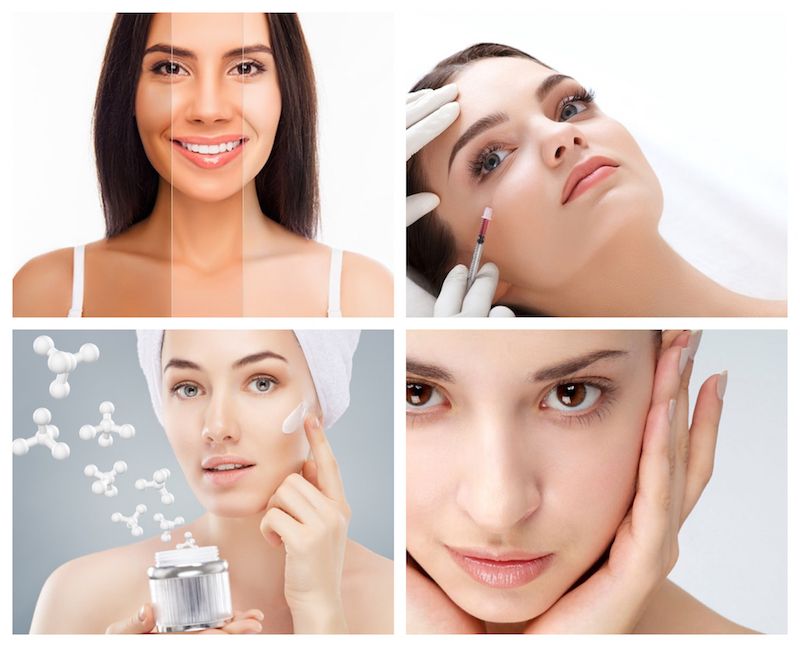Winter skincare in 2025 is no longer defined solely by temperature. The season now brings a complex mix of indoor heating, pollution, blue light exposure, and reflective UV—each contributing to what dermatologists term “invisible stress.” As awareness grows, formulations designed for environmental defence are dominating the conversation.
Consumers increasingly understand that winter skin damage is not caused by cold alone but by compounded exposure to modern living conditions. Extended indoor hours under heating systems deplete moisture levels, while particulate pollution from vehicles intensifies oxidative stress. Simultaneously, blue light from digital devices disrupts the skin barrier, adding a new layer of fatigue.
This has led to the emergence of hybrid products that combine hydration with protection—moisturisers infused with antioxidants, urban shield complexes, and UV-deflecting agents suitable for winter sunlight. The trend reflects a more comprehensive understanding of the skin ecosystem, where climate and lifestyle intersect.
Analysts note that this multi-factor approach to skincare aligns with broader wellness narratives. Consumers are not chasing “radiance” alone but seeking adaptability and endurance. Visuals associated with the movement feature urban landscapes, soft neutrals, and shield motifs—symbolising protection rather than perfection.
As environmental conditions evolve, winter skincare in 2025 is defined by defence, not decoration. The modern consumer is no longer preparing for cold weather; she’s preparing for complexity.

